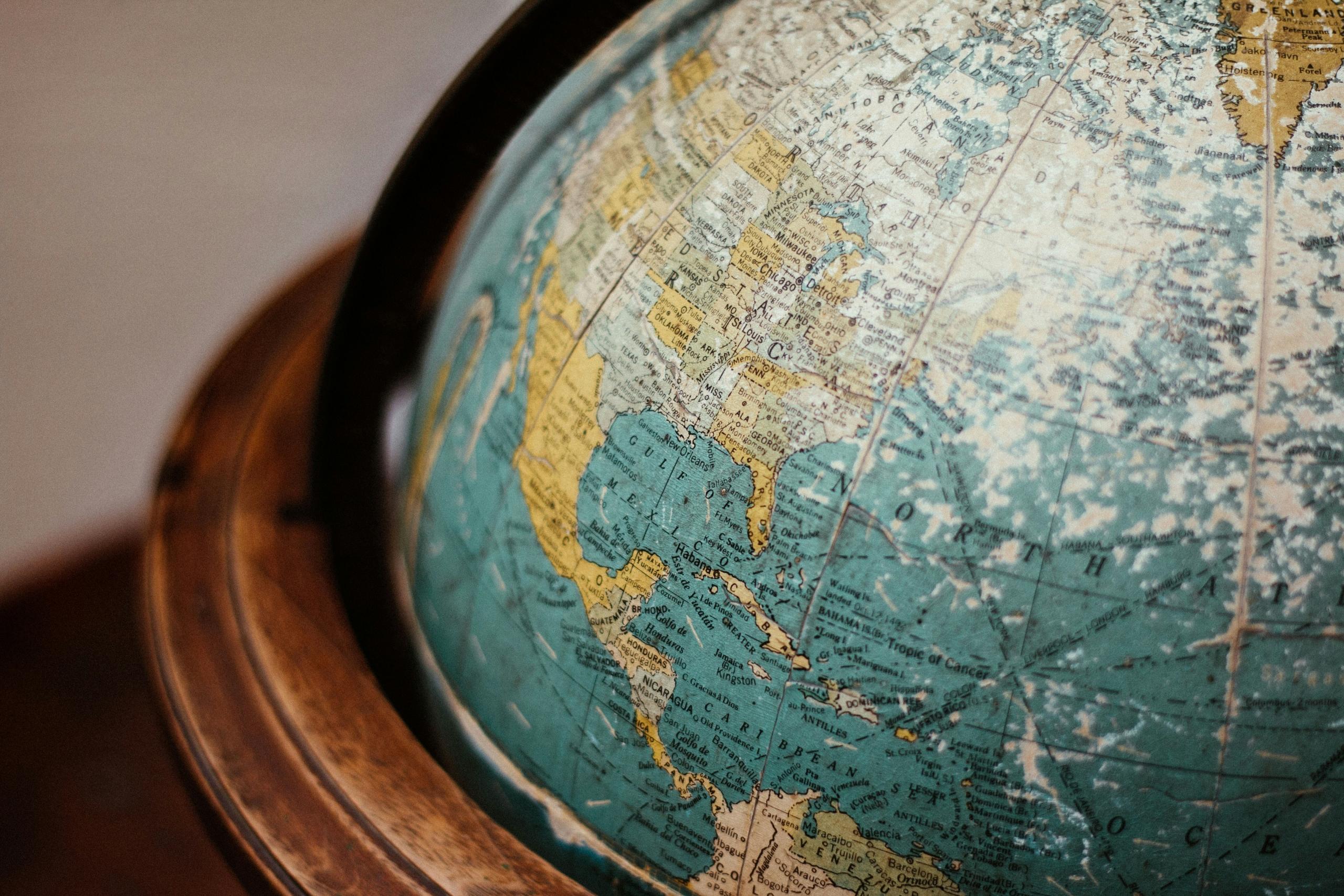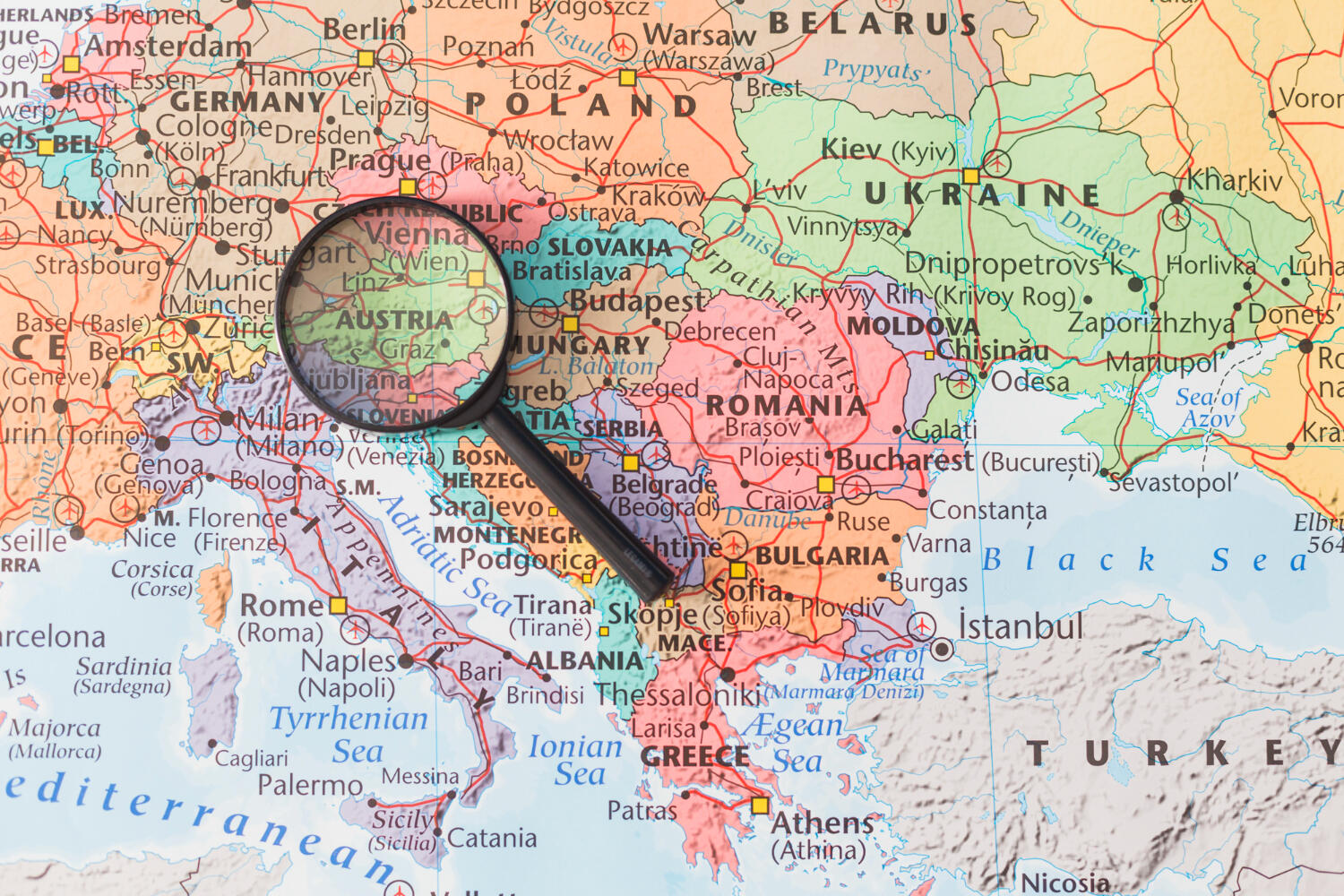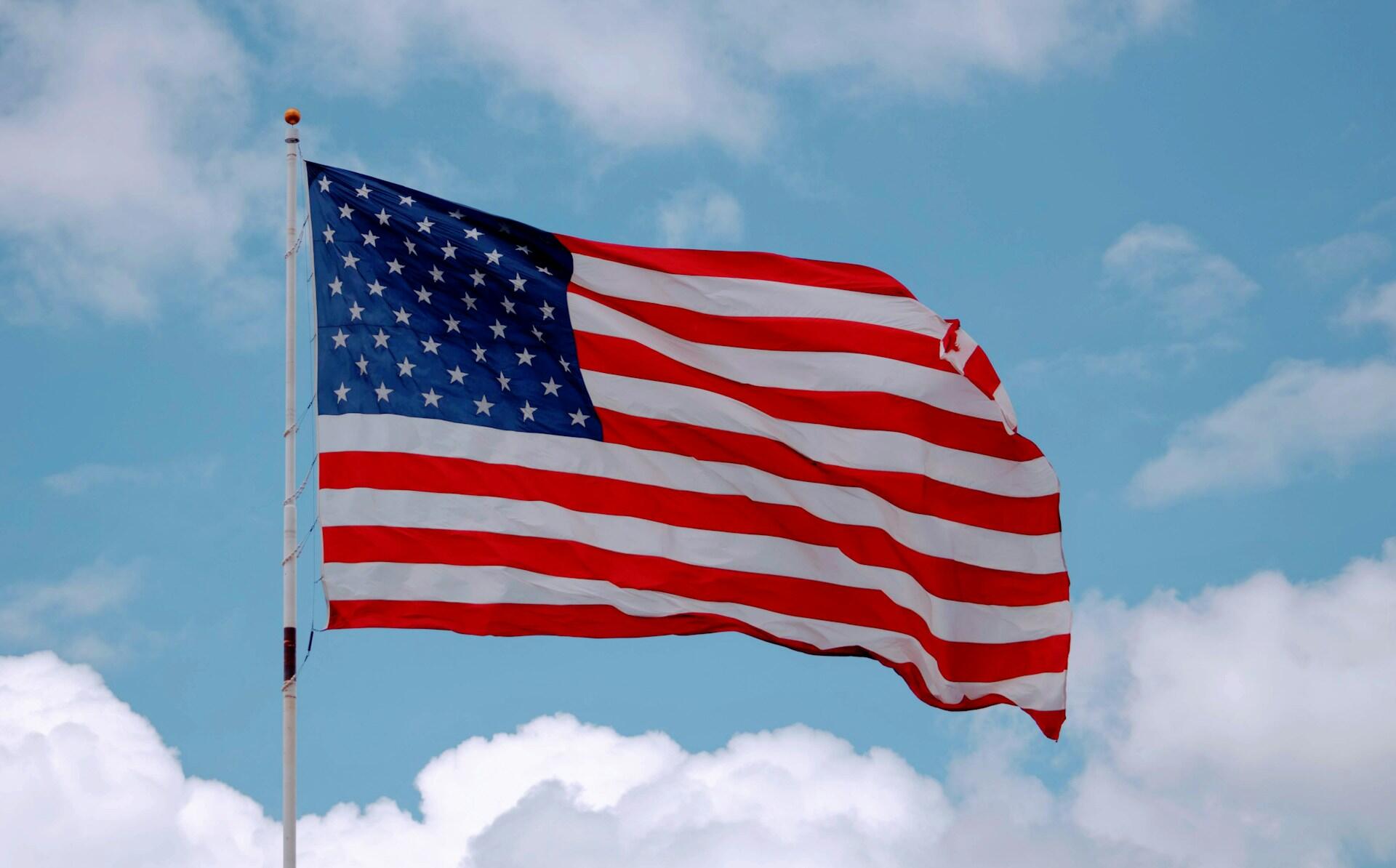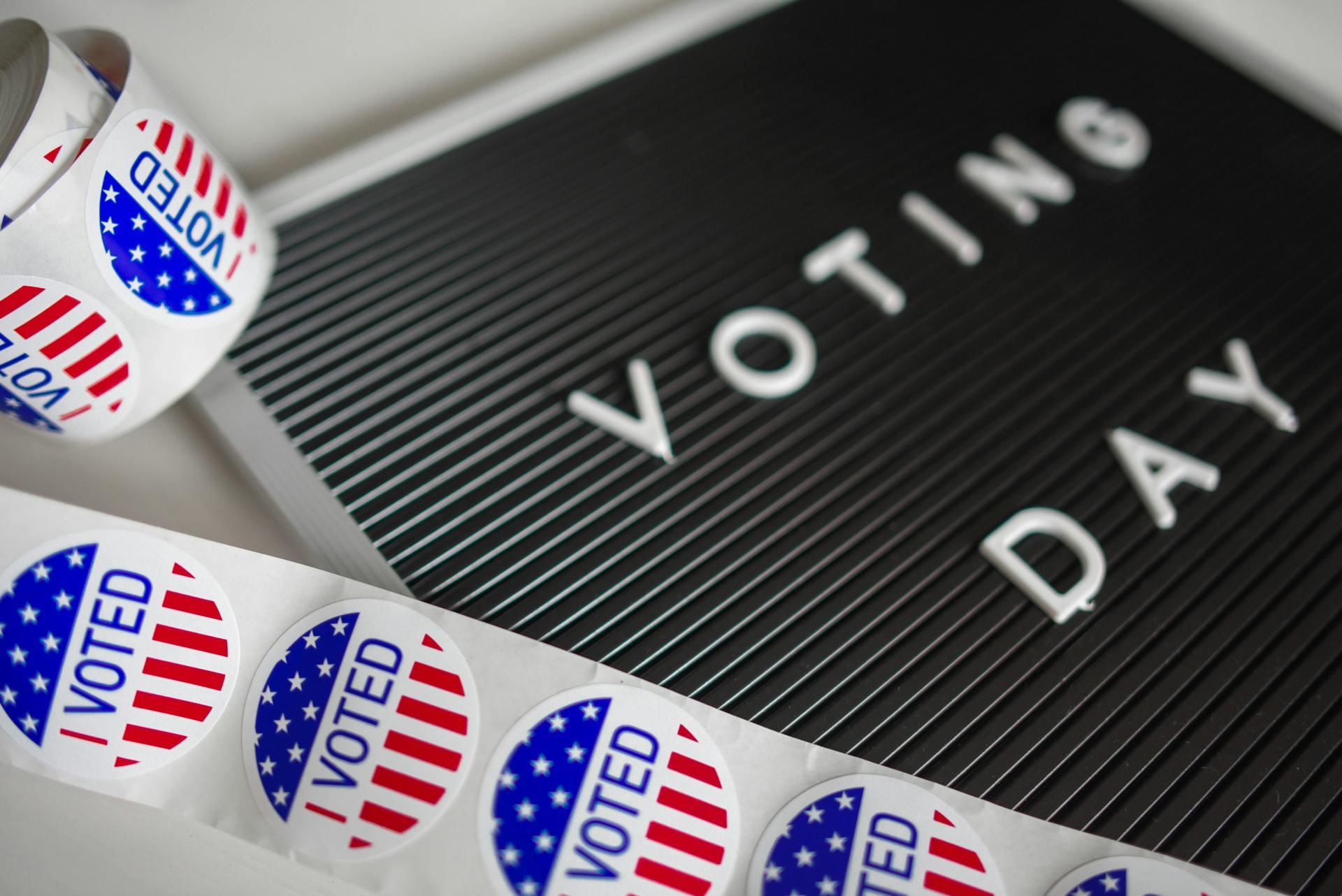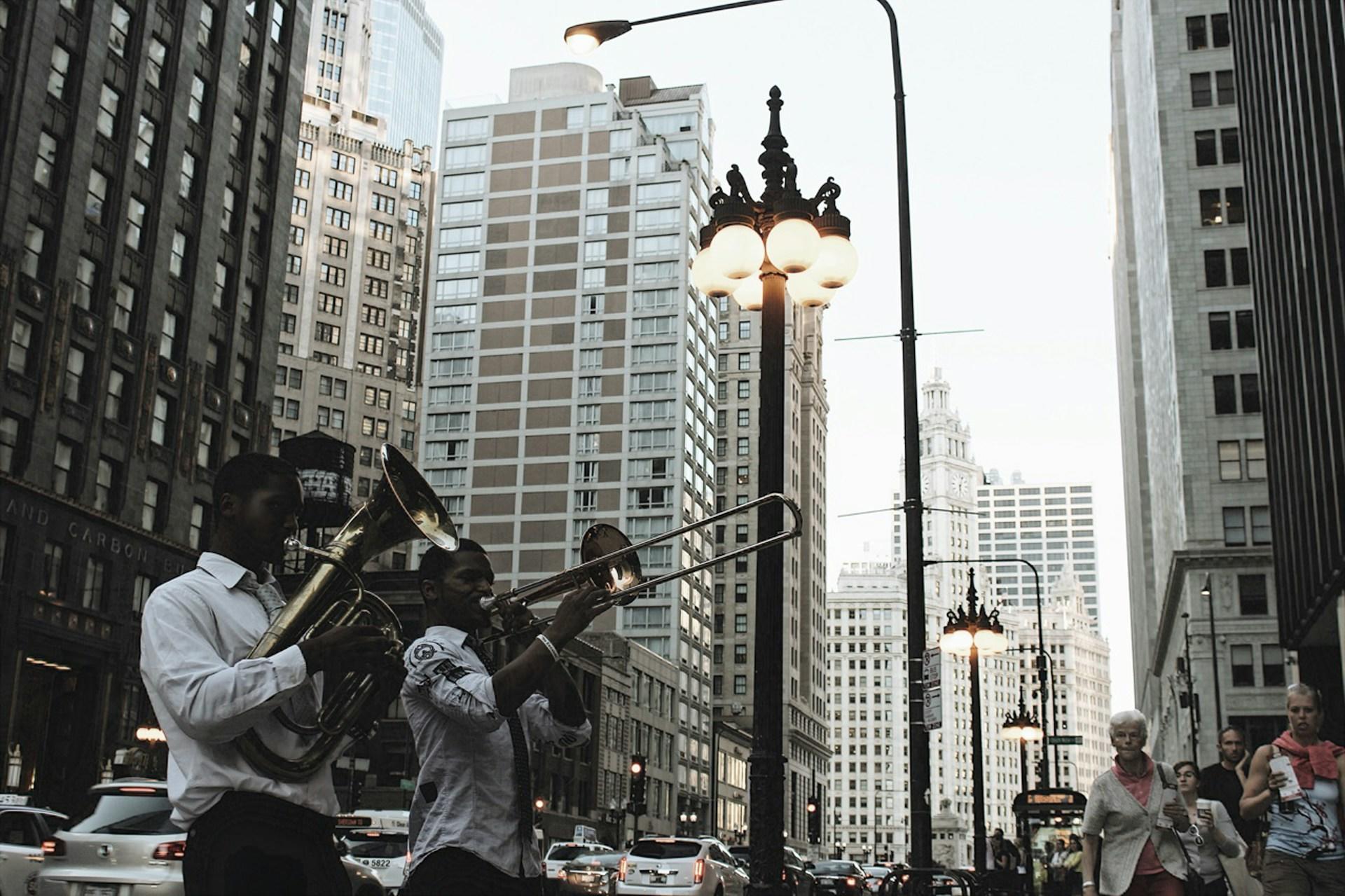The best protection any woman can have... is courage.
Elizabeth Cady Stanton, American writer and activist
Challenging long-held rules and demanding fairness required steady determination and clear purpose. The women who fought for voting rights in the United States showed those traits through years of hard work and sacrifice. Their determination helped reshape the country and reminds others that steady effort can lead to real change! This article looks at one of the most important movements in American history: the fight for women's right to vote.

What Is the Difference Between a Suffragette and Suffragist?
When learning about women’s voting rights, two similar terms often appear: suffragist and suffragette. Although they sound alike, they describe different groups!

In the United States, most activists were called suffragists. They worked within the system by organizing meetings, writing articles, giving speeches and talking to lawmakers. They believed change could come through steady pressure and public support.
The main goals were:
- Give women the right to vote
- Make laws more fair and equal for women
- Encourage women to take part in public and political life
Later, some women chose bolder methods. These activists, often referred to as suffragettes, believed that stronger action was needed. Inspired in part by British groups, they protested at the White House, went on hunger strikes and were arrested. Their efforts helped draw attention when peaceful attempts were being ignored.
The movement to secure voting rights for American women lasted for many decades. It began in 1848 with a meeting in Seneca Falls, New York and reached its goal in 1920 when the 19th Amendment was added to the Constitution.
The difference between suffragists and suffragettes comes down to their methods. Suffragists preferred slow and steady progress. Suffragettes were louder and more direct. However, both groups wanted the same thing: voting rights for women.
Timeline of the U.S. Women’s Suffrage Timeline Movement
🕙 1848: The Seneca Falls Convention
The first women's rights convention, led by Elizabeth Cady Stanton and Lucretia Mott
1848
The "Declaration of Sentiments" was drafted, demanding equality and voting rights
🕙 1851: Sojourner Truth’s “Ain’t I a Woman?” Speech
Delivered at a women's convention in Ohio, it became a foundational moment for Black women in the suffrage and abolitionist movements
🕙 1869: Formation of National and American Woman Suffrage Associations
Elizabeth Cady Stanton and Susan B. Anthony form the National Woman Suffrage Association (NWSA)
1869
Lucy Stone and others form the American Woman Suffrage Association (AWSA)
🕙 1890: Merger to Form NAWSA
The NWSA and AWSA merge to create the National American Woman Suffrage Association (NAWSA), led initially by Susan B. Anthony and later Carrie Chapman Catt
🕙 1913: Woman Suffrage Procession in Washington, D.C.
Organized by Alice Paul, the parade occurred the day before President Wilson’s inauguration. Over 5,000 women marched
🕙 1916: Formation of the National Woman's Party (NWP)
Led by Alice Paul, the NWP adopts more militant tactics, including White House picketing
🕙 1917: Arrests and Hunger Strikes
Dozens of suffragists are jailed for picketing. Lucy Burns and others go on hunger strikes, facing brutal treatment.
🕙 1918: President Wilson Supports Suffrage
Amid growing pressure and public outcry, Wilson endorses the 19th Amendment.
🕙 1920: 19th Amendment Ratified
On August 18, 1920, the 19th Amendment is ratified, granting women the right to vote.
1920
Tennessee is the final state needed to reach the required majority.

Interesting Facts: The Woman Suffrage Movement
There have been fascinating moments in history that have shaped the contemporary world and the women's suffrage movement is no different. While the dates of the start of the suffrage movement may differ according to each country and historian, in the United States the women's suffrage movement was thought to have started in Seneca Falls, New York in 1848 when the first women's rights convention was held. Nevertheless, according to British sources, in 1832, Mary Smith petitioned an MP to have a voice in the elections of parliament. The women who pioneered the women's suffrage movement were strong-willed, determined, and eager to see better conditions for women politically.
Wyoming was the first U.S. territory to grant women the right to vote (1869).
Over 27 years passed between the introduction of the 19th Amendment and its ratification.
The U.S. was not among the earliest nations to allow women to vote; New Zealand was first in 1893.
There were 72 years of organized struggle from Seneca Falls (1848) to the ratification of the 19th Amendment (1920).
It is important to mention that women's suffrage movement has been credited as being the most significant achievement of women in the progressive era. Equal rights for women was necessary since the beginning of time. For example, the right to vote is a fundamental privilege owed to every citizen for various reasons such as the fact that it increases civic consciousness and cooperation and acceptance of laws and policies. While many determined women tried to attain the right to vote in the Second Reform Bill when working-class men achieved their rights to voting, it was not until 1918 that married women over the age of 30 were permitted to vote in elections.
Key Women of the U.S. Suffrage Movement
- Susan B. Anthony: Co-founder of NWSA; arrested in 1872 for voting illegally.
- Elizabeth Cady Stanton: Principal author of the Declaration of Sentiments.
- Sojourner Truth: Black abolitionist and women’s rights activist.
- Alice Paul: Leader of the NWP; organizer of the 1913 procession.
- Ida B. Wells: Journalist, suffragist, and anti-lynching crusader.
- Carrie Chapman Catt: NAWSA president; founder of the League of Women Voters.
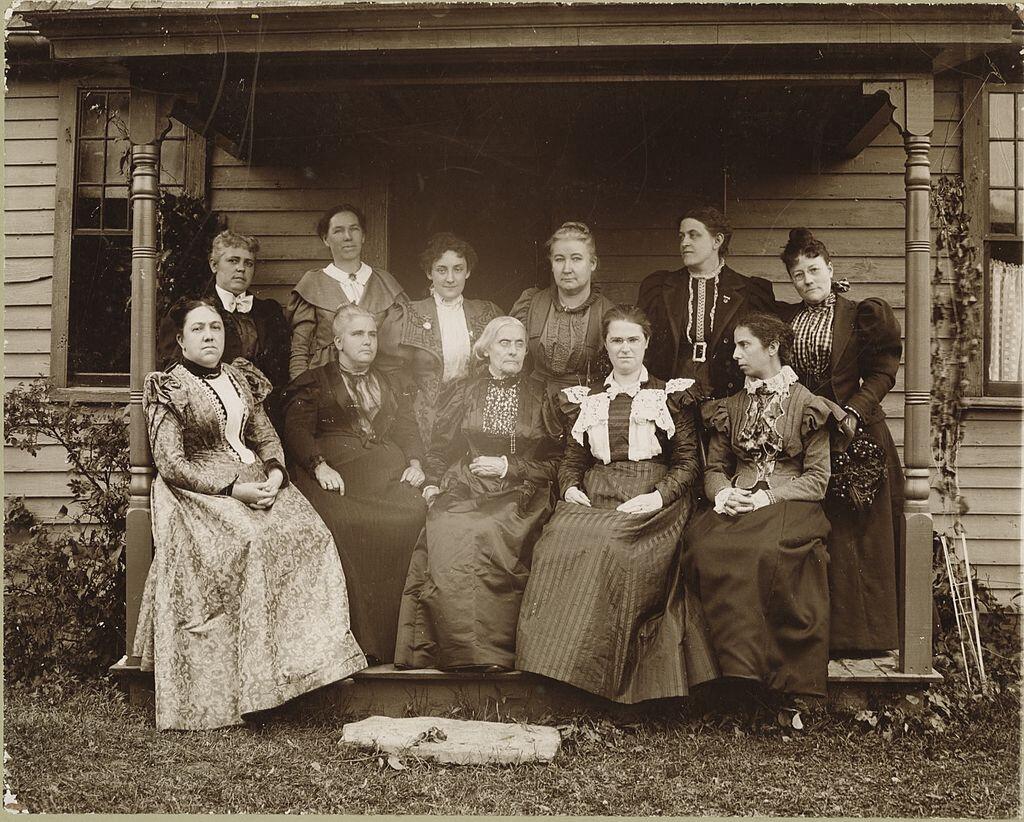
Back row (left to right): Lucy E. Anthony, Elizabeth Smith Miller, Anna Howard Shaw, Cora Scott Pond Pope, Rachel Foster Avery, Harriet May Mills
Front row (left to right): Mary S. Anthony, Clara Bewick Colby, Susan B. Anthony, Olympia Brown, Sarah H. Stevenson (Source: Unattributed, Public domain, via Wikimedia Commons)
The vote is the emblem of your equality, women of America, the guarantee of your liberty.
Carrie Chapman Catt, Activist
How Did Women Gain the Right to Vote in the United States?
In the United States, women from different backgrounds joined together to push for the right to vote. These women, known as suffragists and later suffragettes, spoke at meetings, wrote articles, organized events and met with lawmakers. Their work went beyond voting; they also spoke up about education, work opportunities and fair laws. As their voices grew stronger, more women began to study in colleges, enter jobs once held only by men and earn wages that allowed more independence.
Some key moments include:
- In 1893, New Zealand became the first country to give women voting rights.
- In 1913, Norway gave women the right to vote in national elections.
- In 1918, women in Germany were allowed to vote following World War I.
- In 1920, the United States passed the 19th Amendment, giving women the right to vote in every state.
- In 1928, the United Kingdom extended voting rights to all women over age 21.
Notable Victories From the Suffragette Movement
The journey to equal voting rights in the U.S. involved many important events and noteworthy victories. Here are these events by century for easier study and understanding!
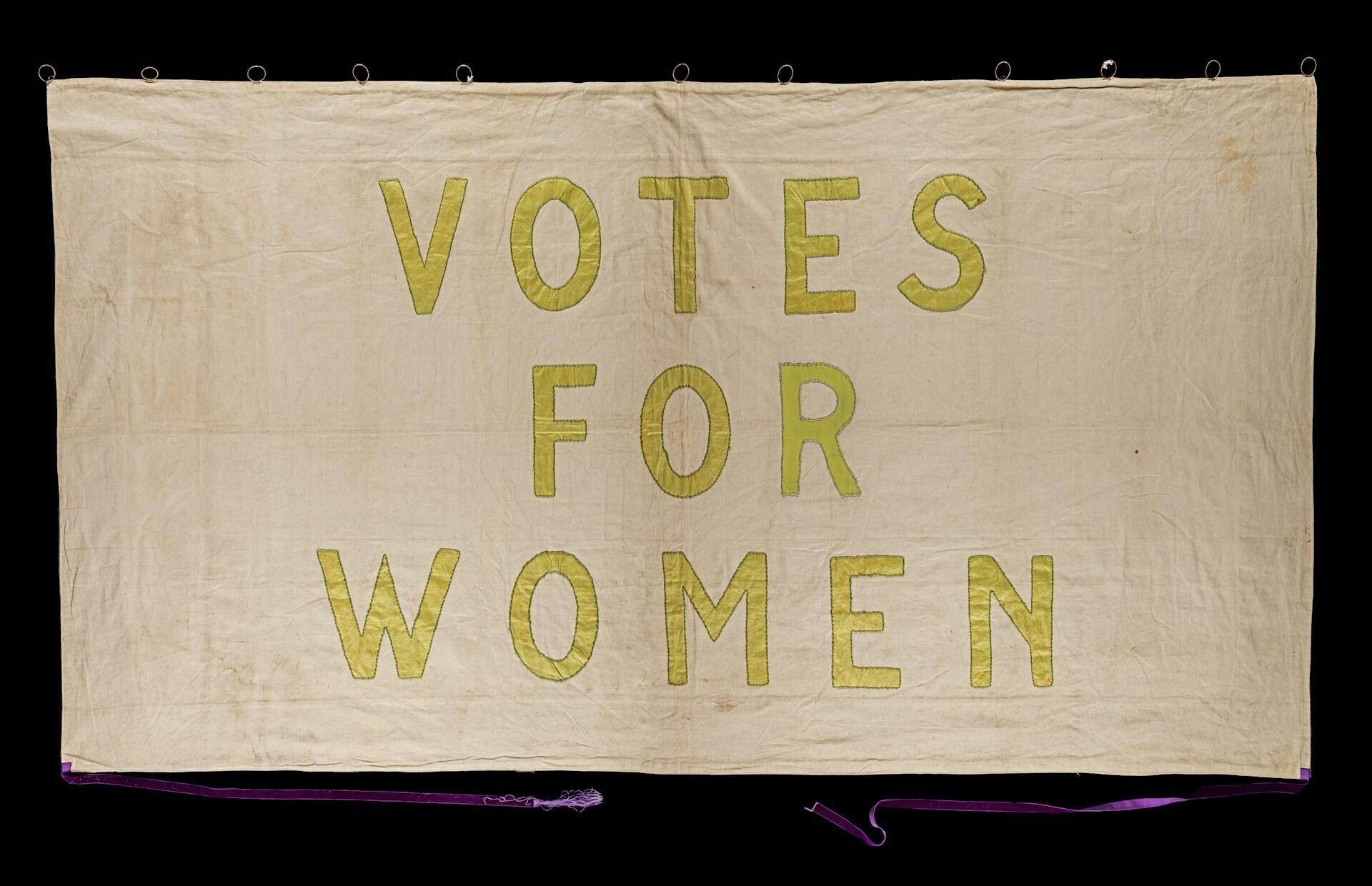
19th Century Suffrage Milestones
In the 1800s, the women’s rights movement started gaining public attention. One early major event was the Seneca Falls Convention in 1848, where women gathered to call for equal rights, including the right to vote. Elizabeth Cady Stanton drafted the Declaration of Sentiments, listing the many ways women were treated unequally under the law.
Soon after, more women joined the cause. Susan B. Anthony and Elizabeth Cady Stanton co-founded the National Woman Suffrage Association in 1869. They pushed for a federal amendment and helped grow a national movement. Though progress was slow, their efforts built a strong foundation. By 1878, the first version of what would become the 19th Amendment was introduced to Congress. It would take 41 more years of speeches, organizing, protests, and pressure before it would pass.
It was introduced in 1878 and only passed in 1919.
Get the best history tutor on Superprof.
Memorable Moments of Women's Suffrage in the 20th Century
The early 1900s brought a new wave of energy. Women like Alice Paul and Ida B. Wells led marches, organized protests, and demanded action. In 1913, thousands of women marched in Washington, D.C., just before President Wilson's inauguration. The public saw women as active, vocal, and ready to take part in the country’s decisions.
During World War I, many women worked outside the home for the first time. Their roles in the war effort helped change opinions. By 1918, President Wilson expressed public support for women’s voting rights. Finally, in 1920, the 19th Amendment was ratified. After more than 70 years of organized work, women across the United States could legally vote in elections.
Who Were the Women’s Suffrage Leaders in the US?
Here is our list of most important women who dominated the social scene in the U.S. during the suffrage movement. Let's get started!
Susan B. Anthony
Susan B. Anthony was a very important leader in the fight for women’s voting rights in the United States. Born in Massachusetts in 1820, she spoke and organized events across the country for equal rights. In 1869, she helped form the National Woman Suffrage Association with Elizabeth Cady Stanton. In 1872, she was arrested for voting in an election, something women were still not allowed to do. This arrest brought major public attention to the issue. Though she passed away before women gained the right to vote, her long years of work helped shape the movement and keep it moving forward.
Elizabeth Cady Stanton
Elizabeth Cady Stanton helped begin the organized women’s rights movement in the United States. She was born in New York in 1815 and helped lead the Seneca Falls Convention in 1848. There, she wrote the Declaration of Sentiments, a document that called for equal rights, which included the right to vote. Stanton worked closely with Susan B. Anthony and spoke often on women’s legal and social issues. In addition, she also pushed for changes in family and property laws. Stanton believed that women deserved a full voice in society and worked very hard to be heard.
Sojourner Truth
Sojourner Truth was born into slavery in New York and later became a public speaker on the rights of women and the end of slavery. After gaining her freedom, she spoke across the country, telling her story and calling for fair treatment of both women and Black Americans. In 1851, she gave a speech known as "Ain’t I a Woman?" at a convention in Ohio, challenging those who ignored Black women in the fight for rights. Truth spoke in clear and honest terms that made people listen. Her role in the women’s movement was strong, even if often overlooked.
Alice Paul
Alice Paul was known for leading marches, pickets, and protests to push for women’s voting rights. Born in New Jersey in 1885, she studied in the United States and Europe, learning how others protested. In 1916, she helped start the National Woman’s Party. Paul and her group used strong public actions to pressure lawmakers, including protesting outside the White House. She was arrested more than once and went on hunger strikes in jail. After women won the right to vote, Paul kept pushing for full equality by writing the Equal Rights Amendment, which is still discussed today.
Ida B. Wells
Ida B. Wells was a journalist who's work fought racism and supported equal rights. Born in Mississippi in 1862, she wrote about the violence faced by Black people. She also took part in the women’s voting movement, though she was often not welcomed by white suffrage groups. In 1913, when asked to march at the back of a parade because she was Black, she refused and joined the front. Wells stood for equal rights in both race and gender.
Carrie Chapman Catt
Carrie Chapman Catt helped organize the final effort to get women the right to vote in the United States. Born in Wisconsin in 1859, she led the National American Woman Suffrage Association during the years just before the 19th Amendment was passed. She worked with people in many states and pushed lawmakers to support the change. After the vote was won in 1920, she helped start the League of Women Voters to help women take part in elections. Catt believed that voting was not the end, but the beginning of women’s stronger role in public life.
The history of women’s suffrage in the United States shows what can be done through long-term effort and teamwork. Women today can vote, be leaders, and speak up because others refused to give up. Every vote honors the women who fought to make it possible. Understanding the movement helps us remember that rights are not handed out freely. They are earned, defended, and passed on. Learning about these women teaches history and the value of standing up for something that matters!
Many women made the suffrage movement of primary importance in their life. Learning about how everyone can make a difference, inspires young girls and boys all over the world to do what is right, no matter the consequences. Learning about the suffrage movement and how the right to vote was fought encourages all to take fuller advantage of their rights as citizens!
















